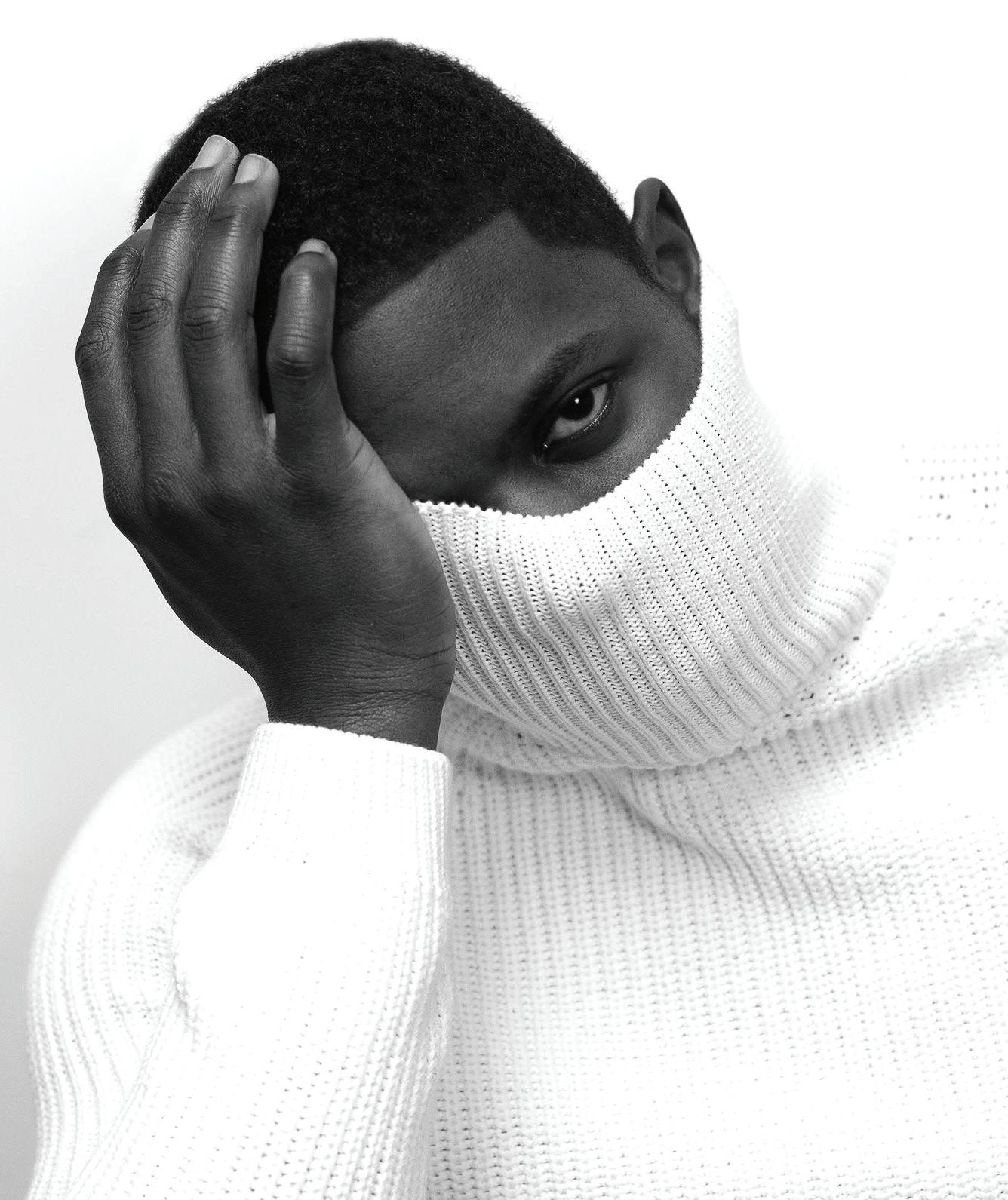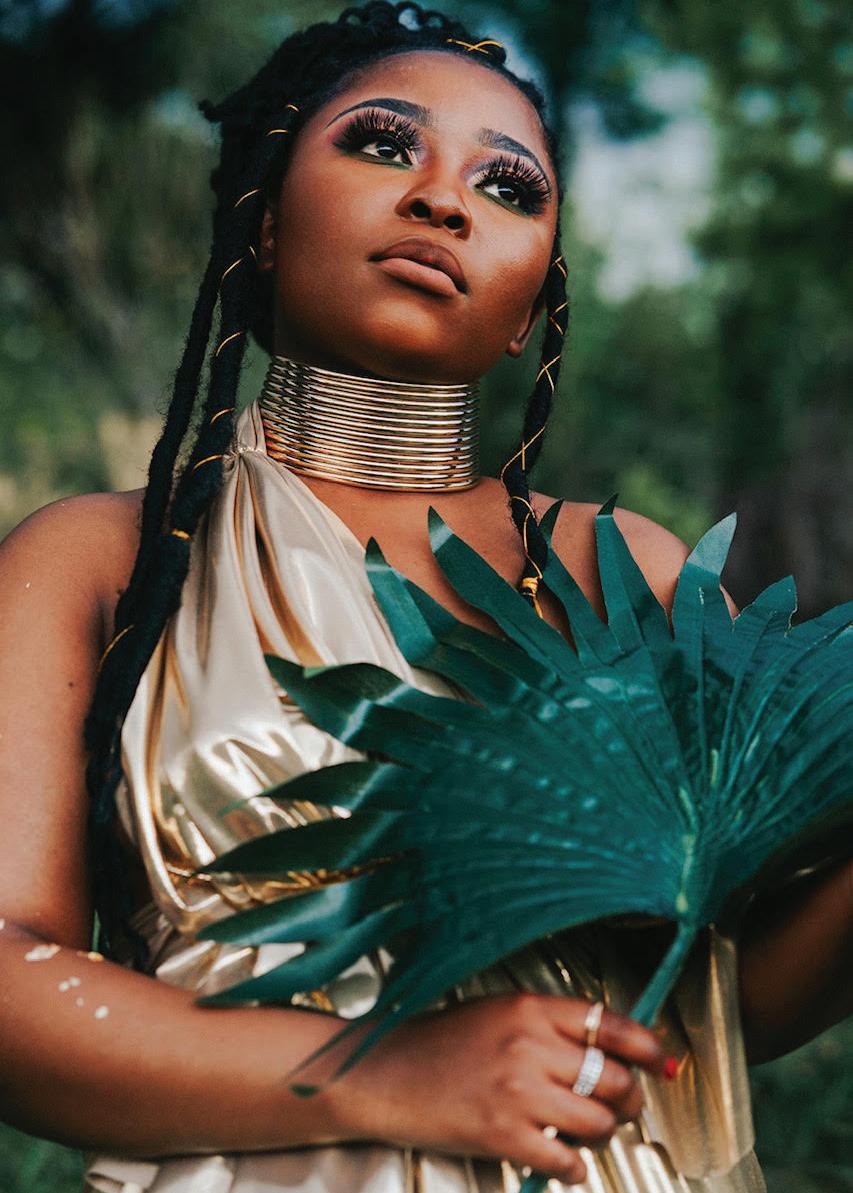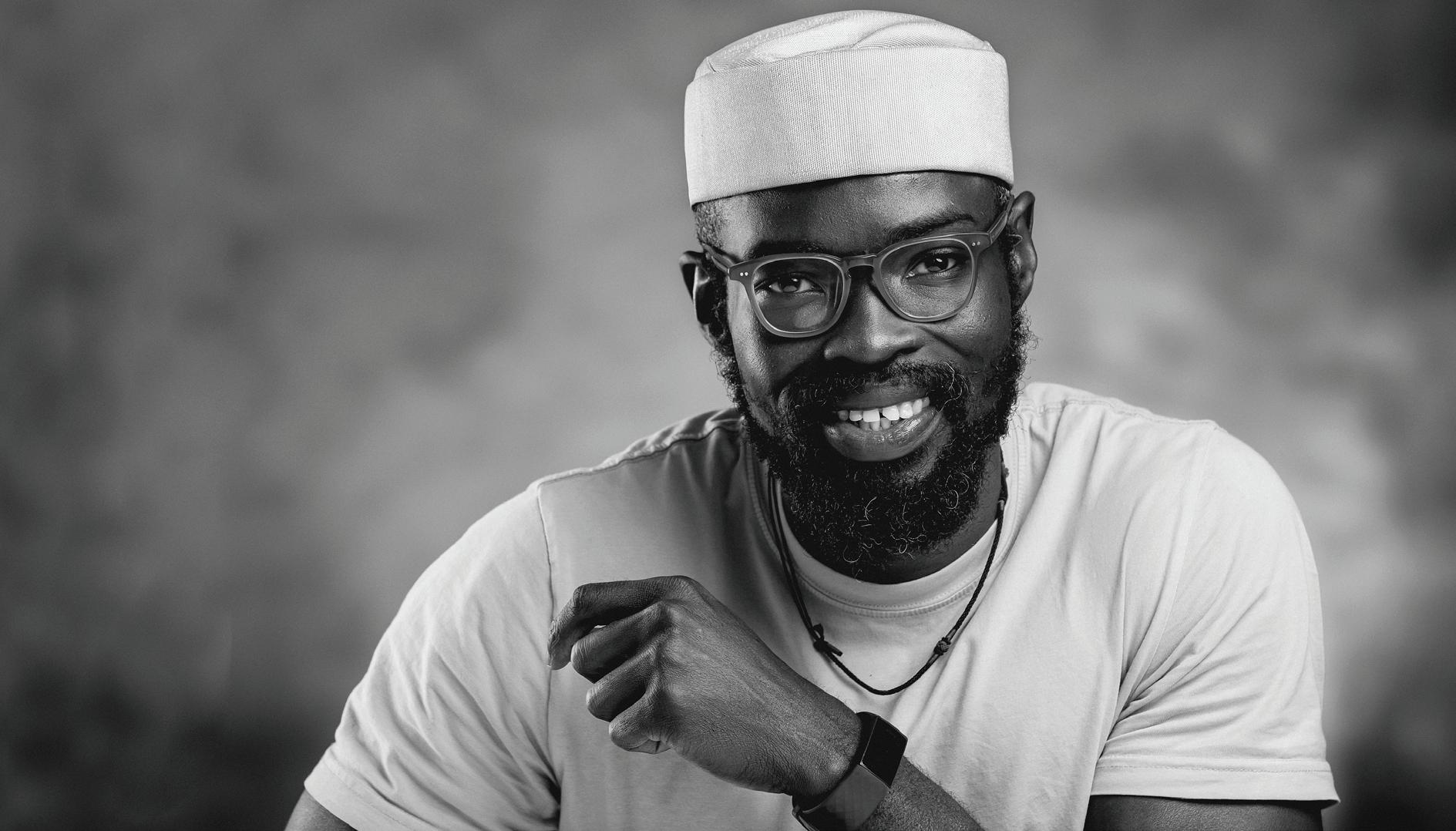
9 minute read
Photographers strive for better
TIME FOR A NEW LENS
The hidden racism behind photography
Advertisement
In the 1960s and 70s, photography giant Kodak started to look at ways to accurately capture darker skin tones. It wasn’t, however, the diversity of the people around them that inspired this change. Instead, it was furniture and chocolate manufacturers complaining about how they were struggling to capture the different tones of brown in their products.
Colour photography has always been biased against Black people and people with darker skin. For decades, developing film relied on a “Shirley card,” an image of a white woman that was used by technicians to tone and colour balance images.
Calgary photographers Shenda Chimwaso and Samuel
Obadero understand just how biased the camera can be.
But with education, awareness and representation in front and behind the camera, the stories and voices of the Black community can be better heard.
Chimwaso has learned how to take her own self-portraits to ensure her dark skin is accurately shown on camera.
“I stopped having photographers shoot me because I was like ‘they just don’t get it,’” says Chimwaso. “I would get the pictures back and I would look gray — I experienced that a lot and that’s why this is really important to me being a photographer, especially a Black female photographer, being able to represent and being able to shoot people who look like me.”
Chimwaso was first introduced to photography with the pinhole camera, which is essentially a light-proof box with a small hole on the side, that she made for a Grade 10 photography class.
“I was just so amazed that I was able to take a picture out of a cardboard box,” says Chimwaso.
Through that class, she also learned how to work with film, which she says “just grew my love for photography.”
Although Obadero now lives in Calgary, he started his journey as a photographer in Nigeria, where one of his relatives gifted him a film camera.
“I was going for a one-year compulsory service in my country, the paramilitary service,” says Obadero. “As it is with the film camera, it takes all of the photos, as much as it can in the film, but you never get to see it.”
But after his service, he was finally able to develop the film and see the end result.
“Then I saw, and when I saw, I was blown away.”
Obadero has also struggled with having his skin tone accurately represented on camera.
“All the times that I’ve been photographed by my lighterskin colleagues, they’ve had issues representing me properly.
Sometimes it’s going to be a blue shade on it. Sometimes it’s going to be too reddish.”
The difficulty of representing darker skin tones is not isolated to photography, Obadero also noticed this issue in television, citing the early episodes of The Fresh Prince of
Bel-Air.
“You could tell how they struggled in scenes where they had different skin tones on the same set,” says Obadero.
In contrast, he also realized the bias towards lighter skin tones on the show.
“It’s almost like it was meant to be there. It’s just this perfect match of when the light comes on, like the camera was meant for that skin. But it takes a little bit more effort to light a darker skin in the same situations.”
Chimwaso recognizes that same racial bias behind the camera as well. In 2018, Tyler Mitchell became the first African-
American photographer to shoot a cover for Vogue in their 125-year history.
“I think that’s crazy because obviously there are many talented Black photographers out there,” says Chimwaso. “There are tons of Black photographers that Vogue could have found.”
It was Beyoncé, who as the subject of the cover, chose Mitchell as her photographer.
“If it wasn’t for her, who knows who would’ve been chosen,” says Chimwaso. “And after that, they didn’t have any [Black photographers] again until last year.”
“It’s almost like it was meant to be there. It’s just this perfect match of when the light comes on, like the camera was meant for that skin. But it takes a little bit more effort to light a darker skin in the same situations.”
That person was then 21-year-old Kennidi Carter, the youngest cover photographer in British Vogue history, who was also chosen by their cover subject, Beyoncé.
Black representation behind the camera is also important as it comes with an understanding of the model — the depth and reality of their skin tone won’t be changed.
Chimwaso suggests that this lack of understanding and experience could create a challenge in the editing process as well, “You may edit them in a way that makes us look ashy or gray. It takes away like the richness from our skin tone and it just looks flat.”

Two photographers that have stood out to Chimwaso in terms of Black representation are Kamyiis and Joshua Kissi. When photographing Black people, she emphasizes the importance of light to reflect their natural skin tone, and to not edit with the same presets that usually be used on someone who’s white. PHOTO: SHENDA CHIMWASO

Obadero named his studio Motif Photography after studying the concept in fine arts. Motif in art is essentially the repetition of patterns, a theme echoed in much of his work. He wants his studio to be a platform for newcomers that don’t have access to the right tools.
PHOTO: SAMUEL OBADERO
“There are photographers out there who aren’t Black, who can shoot Black, ” says Chimwaso.
“But I find that a lot of the time people don’t understand how to shoot them, especially with certain things like with our hair. ”
“There could be a piece that’s out of place, but because you’re not aware of that and you don’t know, you’re like,‘Oh, okay.That’s probably natural — then the model gets it back and it’s like, ‘Ooh, my hair was not right. Why didn’t you correct it?’But people don’t know, ”she says.
According to Obadero, the popular saying that‘Black don’t crack’ gives the“notion of Black being hard and rugged. ”
“Black do crack. If you don’t manage Black properly, Black skin is a very, very sensitive skin. It’s a very sensitive skin in every level of it, even more on a feminine body, ”he says.“Not to say softer or not to say it’s less, but the chemical melanin itself should be catered to properly. ”
Obadero addresses the difference in how Black men and Black women are shown on camera.
“In all the digital mediums [and] media, the Black woman needs even stronger representation. Even in the storylines. How you cast them, how you film them, or photograph them or recut them needs more attention. ”
Similarly, Chimwaso suggests that the main difference in the portrayal of Black men and women is that “Black men are usually shown more as very angry and like thugs and I guess gangsters, whereas Black women — it’d be more so showing them in a provocative way than anything, the sexualization of Black women. ”
The history of photography has caused a lot of harm to the Black community, but it has also helped in many ways by telling the Black story.
“Some of the biggest revolutions or the biggest change we’ve seen in the world started because of one picture, started because somebody was bold enough to go above and beyond to document a certain moment, which the rest of the world saw and stopped and paid attention, ” says Obadero. 10 MAY/JUNE 2021 CALGARYJOURNAL.CA
“Photography is a tool that we cannot put value on. It has shed light to the deepest of darkness,” he says.
Obdareo recalls watching a documentary on the Maasai people, an ethnic group in Kenya and Tanzania, taking notice that they used a photograph of a boy with flies in and around his mouth.
“I was like, of course — they would definitely take a picture of a Black young boy with flies in his mouth,” he says. “I remember the early days of the United Nations adverts of sending money to Africa, because somebody is hungry, there will always be some Black young boy with flies in his mouth.”
Images like these he says can shape people’s perspective on Africa and “Afrocentric missions” in a way that isn’t necessarily true.
He adds, “We all know a picture says a thousand words, what am I saying? A picture says a billion words — so somebody [who’s] only window to Africa is that photo will think that Africa is a place full of kids that cannot chase flies out of their mouth.”
“But there is the other side,” he says. “The beauty of it too, that doesn’t become as mainstream.”
Going forward, Obadero suggests to creatives to “take a second to reconsider, knowing fully well that a picture or a video or a one-second clip says a billion words, how will this image project or tell the story of these people — how does it reflect on them?”
That reflection is something that Obadero takes seriously.
“I’m very emotional about this because it’s a culture that I belong to, a community that I represent, and I have seen so much damage done because of a photo.”
The damage includes women, who’ve had their stories told “by people who don’t even understand the very first things about them and the world misconstrues this based on the lens of who told their story.”
“[It’s] not usually joy, happiness or even hiking,” says Chimwaso on the images used to represent the Black community. “Like Black people, we hike. But if you were to look for even stock images of someone hiking you wouldn’t see any Black people.”
“That’s why there’s this Instagram called Black Travel Feed,” she adds. “It basically just highlights Black people travelling — cause we do all these normal things as well.”
She also notes how photography has helped the Black community “realize that we need better representation of ourselves.”
“I think that’s why I’m finding a lot of Black photographers tend to, especially in the States, focus a lot more on photographing Black people to better represent us and show we are not these people that the media has been sharing and showing all these years,” she says. “We’re starting to use our voices again and get our voices back.”
Photography has come a long way since the 1960s, but there is still a long way to go, and that progress can start with the photographer.
“Educate yourself by going on YouTube,” says Chimwaso. “There are many Black photographers who have YouTube channels who also teach you how to edit and shoot for Black people.”
“The onus lies on us, all stakeholders, to do better,” says Obadero. “We must take a second to see what things we’ve left unknowingly behind, then we should catch up on those things.”
It’s a conversation that Obadero says needs to keep happening in order for there to be a solution.
“Every negative story I see out there reminds me of the role that I play [to] counterbalance whatever story that I find to be negative until a different story of my people, of my culture, of my colour [is] put out there on the table.”
>Shenda Chimwaso











